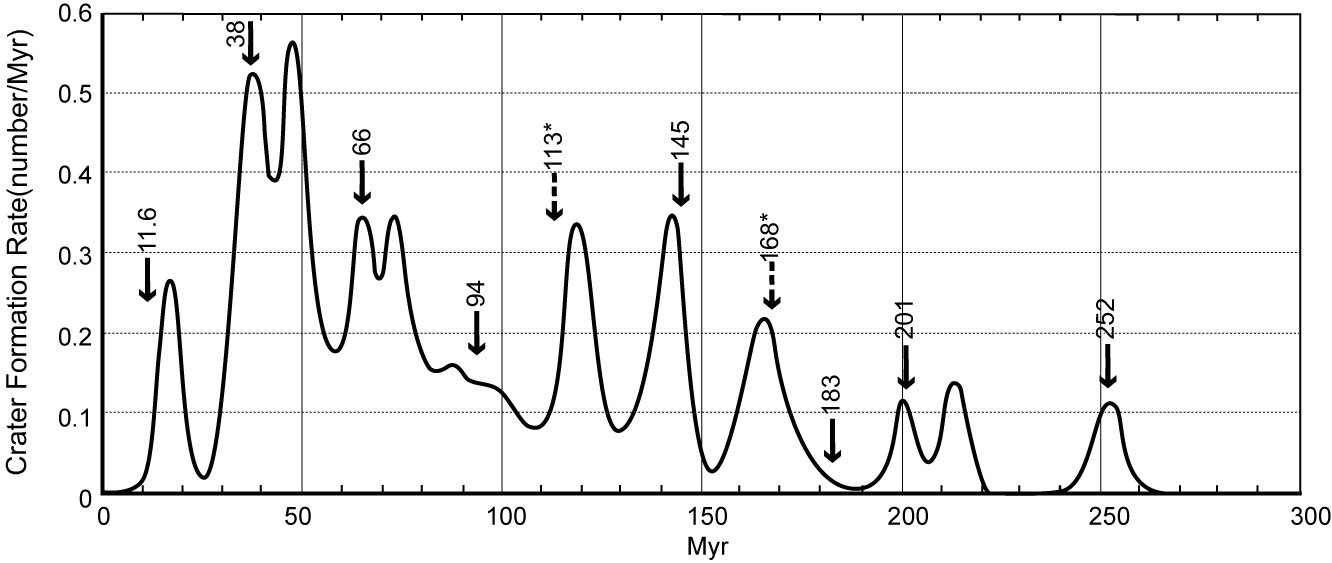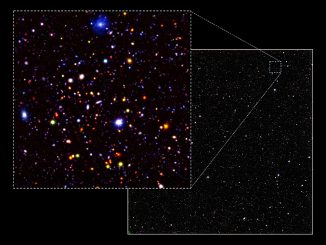
More than 30 years, scientists have argued about a controversial hypothesis relating to periodic mass extinctions and impact craters — caused by comet and asteroid showers — on Earth.
In their MNRAS paper, Michael Rampino, a New York University geologist, and Ken Caldeira, a scientist in the Carnegie Institution’s Department of Global Ecology, offer new support linking the age of these craters with recurring mass extinctions of life, including the demise of the dinosaurs. Specifically, they show a cyclical pattern over the studied period, with both impacts and extinction events taking place every 26 million years.
This cycle has been linked to periodic motion of the Sun and planets through the dense mid-plane of our galaxy. Scientists have theorised that gravitational perturbations of the distant Oort comet cloud that surrounds the Sun lead to periodic comet showers in the inner solar system, where some comets strike the Earth.
To test their hypothesis, Rampino and Caldeira performed time-series analyses of impacts and extinctions using newly available data offering more accurate age estimates.
“The correlation between the formation of these impacts and extinction events over the past 260 million years is striking and suggests a cause-and-effect relationship,” says Rampino.
Specifically, he and Caldeira found that six mass extinctions of life during the studied period correlate with times of enhanced impact cratering on Earth. One of the craters considered in the study is the large (180 kilometre diameter) Chicxulub impact structure in the Yucatan, which dates to about 65 million years ago — the time of a great mass extinction that included the dinosaurs.
Moreover, they add, five out of the six largest impact craters of the last 260 million years on Earth correlate with mass extinction events.
“This cosmic cycle of death and destruction has without a doubt affected the history of life on our planet,” Rampino observes.



